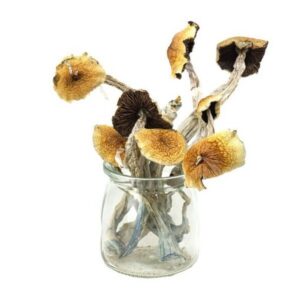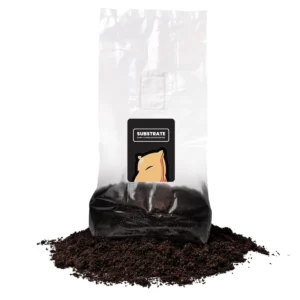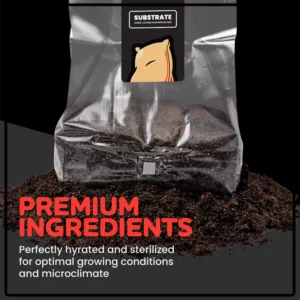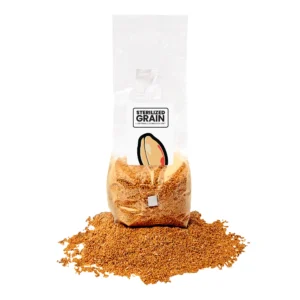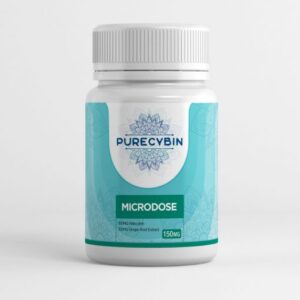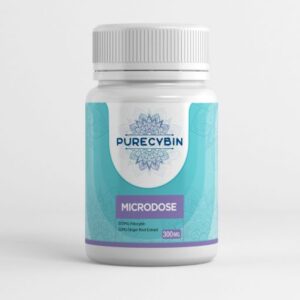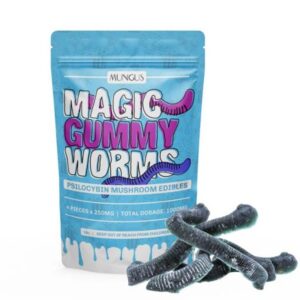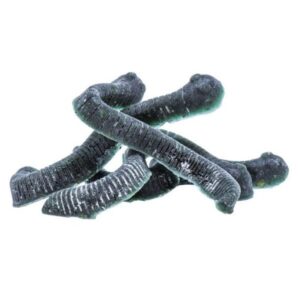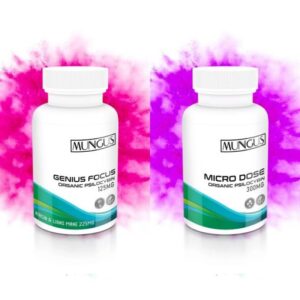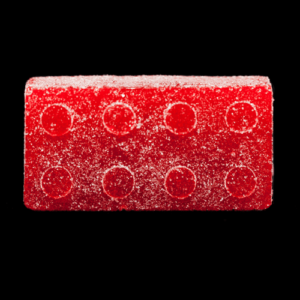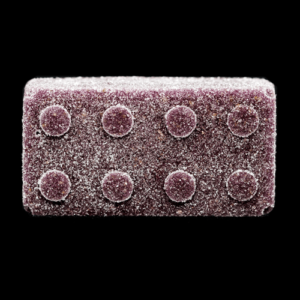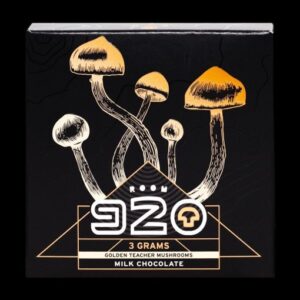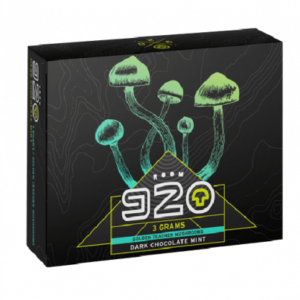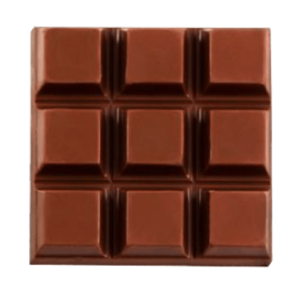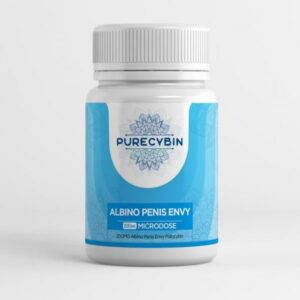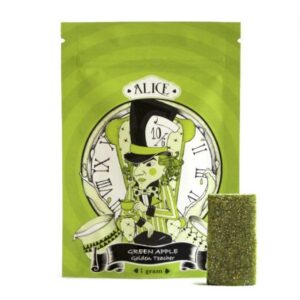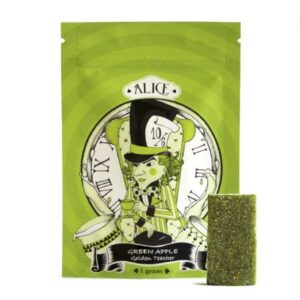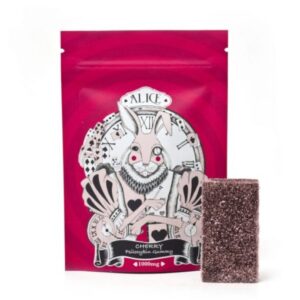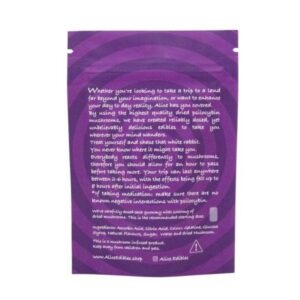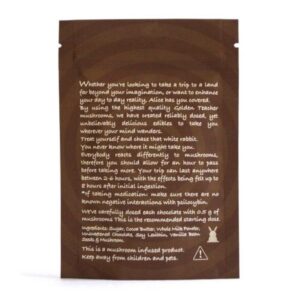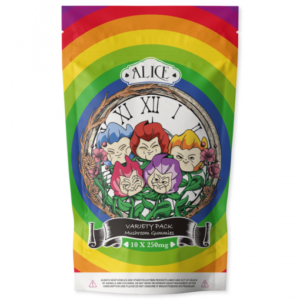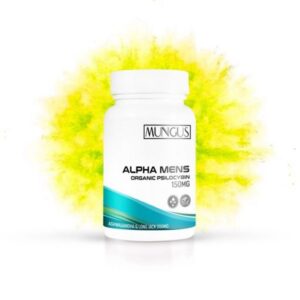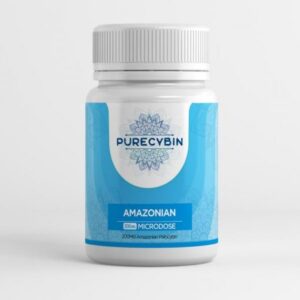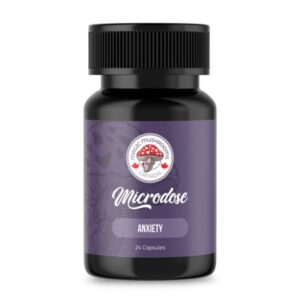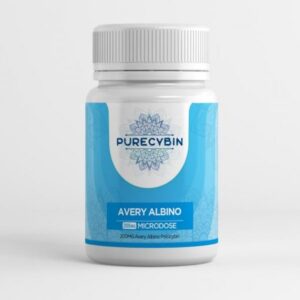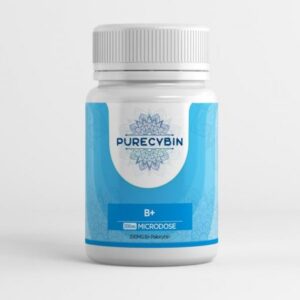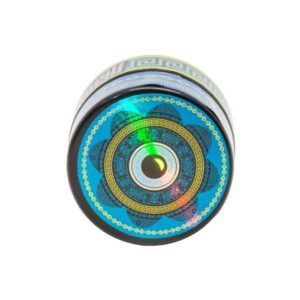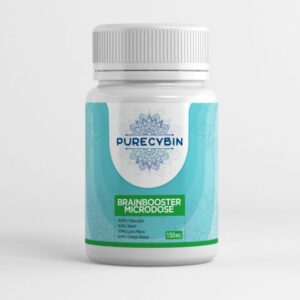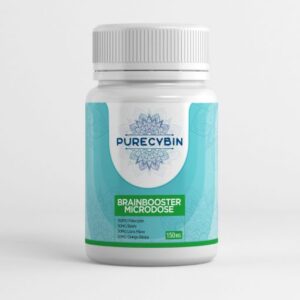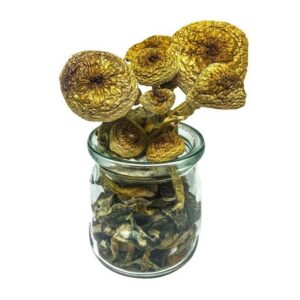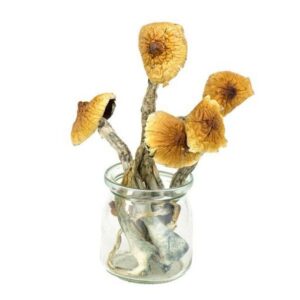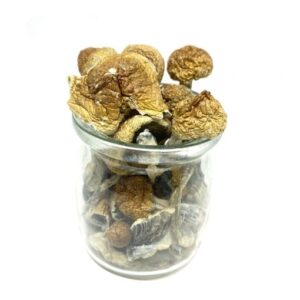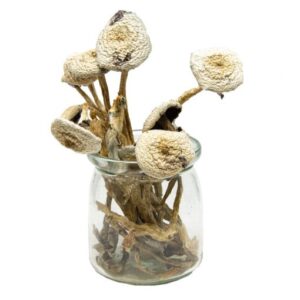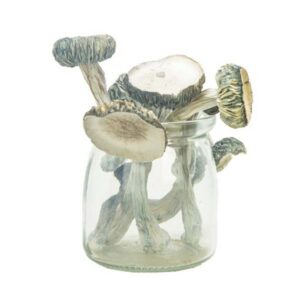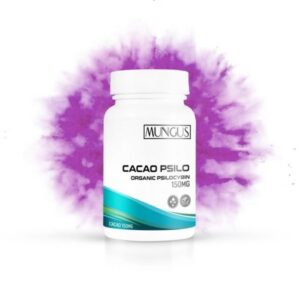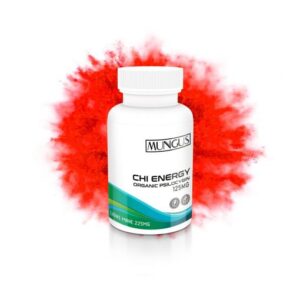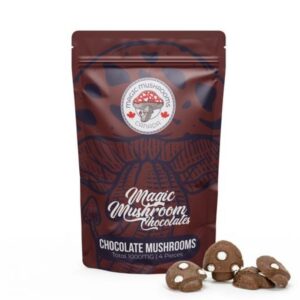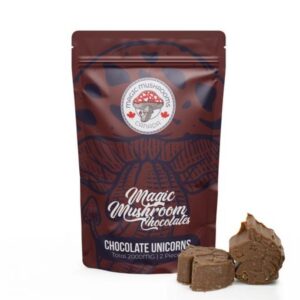side effects of shrooms
how to take shrooms
shrooms movie
The dosages of magic mushrooms can be separated into three categories — each of which has completely different impacts and should be used for different purposes:
Microdosing magic mushrooms is a popular practice these days.
It’s used as a form of nootropic (substances that increase focus and memory) to boost productivity and creative thought process.
This concept involves taking magic mushrooms at a sub-psychoactive dose (it won’t make you high) on an ongoing basis.

Medicinal mushrooms are traditionally brewed as a tea for health and vitality. Using medicinal mushrooms in tea has been practiced for thousands of years, but are just recently exploding in popularity around the world.
With interest in functional mushrooms booming, it breaks our heart to see how they are often made into powders, processed extracts, or imported from questionable sources.

Microdoses of magic mushrooms (below the psychoactive threshold) produce a sense of focus and increased creativity.
The effects are strongest on the first day but gradually become more subtle the more you use them. This is because the body quickly develops a tolerance to the psychoactive effects of the mushrooms — but this doesn’t mean they’re not offering any benefits.
Some people won’t experience any perceptual or physical changes, even with the first dose.

how long do shrooms last
can you smoke shrooms
how long do shrooms stay in your system
Magic mushrooms are used as a tool for self-growth, as well as treating legitimate medical conditions — such as depression, PTSD, existential anxiety, cluster headaches, and more.
Medical research on magic mushrooms has shown a lot of promise over the last few decades, and longstanding laws around the use of magic mushrooms are being revisited.

If raw doggin’ isn’t for you, then we have you covered. We also offer a delicious selection of magic mushroom edibles including gummy bears, vegan fruit strips and organic dark chocolate bars. We like edibles for a few reasons: they’re delicious, convenient, discreet, odourless, smaller doses, and they’re all designed to give you an accurate dose and an awesome trip!

Cultures from around the world have used mushroom tea benefits for immune system support for centuries. We want to share this cherished tradition with you.
We handcraft premium herbal teas with functional mushrooms, partnering with local organic family farmers for the best quality and optimal functionality.

shrooms chocolate bar
shrooms meaning
are shrooms legal
Magic mushrooms are illegal throughout most of the world. They’re classified as Schedule I in the United States, which makes them illegal to produce, possess, and use.
However, laws are rapidly evolving. Within the last 12 months, both Oregon and Washington, DC, decriminalized the use of magic mushrooms. North of the border, the province of British Columbia, Canada, silently decriminalized all psychedelic drugs — including magic mushrooms. Here, it’s easy to get magic mushrooms delivered.

Magic mushrooms offer much more than a psychedelic afternoon. They offer legitimate health benefits — backed up through large-scale clinical trials and decades’ worth of research.
Research began back in the 1960s. Right away, research started showing improvements in psychiatric conditions such as schizophrenia, depression, addiction, and existential anxiety.
We offer shipping within 24 hours of the order with USPS, Priority Mail, UPS, USA with no indication of what is inside.

microdose shrooms
how to eat shrooms
shrooms near me/chocolate shrooms
ery often people seek microdoses of magic mushrooms for the purpose of improving focus and concentration, creativity, and the ability to solve difficult problems.
This practice became famous after it came to light that many of the successful CEOs and executives working for tech companies in Silicon Valley were using microdosing to be more efficient with their work.
There has yet to be any official studies exploring this effect, but a company called MindMed is currently recruiting for a phase II clinical trial to explore a similar compound — LSD — to assess its effects on focus and concentration.

The default mode network (DMN) is a series of interconnected regions of the brain associated with introspective functions such as internal thought, self-reflection, imagination, memory, and self-criticism. It’s essentially the scientific explanation for what we could call the “ego”.

There are many different ways to use magic mushrooms. The most common method is to simply eat a few of the dried mushrooms directly, but you can also make mushroom tea, make them into mushroom chocolates, or diffuse them into honey.

Psychedelic mushrooms are surprisingly common.
Regardless of where you live, there are likely to be magic mushrooms endemic to the area. The downside is that there are plenty of toxic lookalikes too.
Learn about the 2 major and 4 minor genera of psilocybin-containing magic mushrooms — Psilocybe, Panaeolus, Conocybe, Inocybe, Pluteus, and Gymnopilus.
What’s the Difference Between a Species & A Strain?
Species refer to a grouping of individual organisms that can reproduce together. For example, all Psilocybe cubensis mushrooms can be bred together to produce offspring, but Psilocybe cubensis and Psilocybe azurescens cannot.
Magic mushroom strains are subgroups of different phenotypes or growth patterns within a given species. This may include differences in the color, size, and potencies of organisms all contained within the same species.
For example, there are over 100 individual Psilocybe cubensis strains, such as B+ strain, Orissa India, golden teachers, etc. All of these strains have slightly different growth habits and appearances but are all still considered members of the Psilocybe cubensis species.

We can use humans as an analogy. A race is essentially the same as a strain because it refers to a subgroup of people with different characteristics but is still included under the same species (Homo sapiens). A Caucasian person can reproduce just as easily with an Asian as any other human. However, there are clear phenotypic differences between Caucasians and Asians (such as differences in bone structure and skin coloration).
Top Categories
-
BULK SHROOMS (12)
............................................. -
MAGIC MUSHROOM TEA (13)
............................................. -
MICRODOSE STACKS (7)
............................................. -
PSILOCYBIN MICRO-DOSE (57)
............................................. -
SHROOM EDIBLES (105)
............................................. -
STERILIZED GRAIN (1)
............................................. -
STERILIZED GRAIN FOR MUSHROOM SPAWN (3LBS) (1)
............................................. -
SUBSTRATE (1)
.............................................
Summary: Top 10 Magic Mushroom Species Ranked By Potency
| Species Name | Psilocybin Content | Psilocin Content | Total Active Ingredients |
| Psilocybe azurescens | 1.78% | 0.38% | 2.16% |
| Psilocybe semilanceata | 0.98% | 0.72% | 1.70% |
| Psilocybe bohemica | 1.34% | 0.11% | 1.45% |
| Psilocybe baeocystis | 0.85% | 0.59% | 1.44% |
| Psilocybe zapotecorum | 0.30% | 1.00% | 1.30% |
| Psilocybe samuiensis | 0.73% | 0.52% | 1.25% |
| Psilocybe cubensis | 0.63% | 0.60% | 1.23% |
| Psilocybe cyanescens | 0.85% | 0.36% | 1.21% |
| Panaeolus cambodginiensis | 0.55% | 0.60% | 1.15% |
| Psilocybe tampanensis | 0.68% | 0.32% | 1.00% |

Psychedelic Fungi Genera
There are nearly 14,000 species of fungi around the world, with new species continuing to be discovered yearly.
A surprising number of these species produce the psychoactive ingredients psilocybin, psilocin, and baeocystin. In the Psilocybe genus alone, nearly 100 species of mushrooms are recognized to contain psychedelic ingredients.
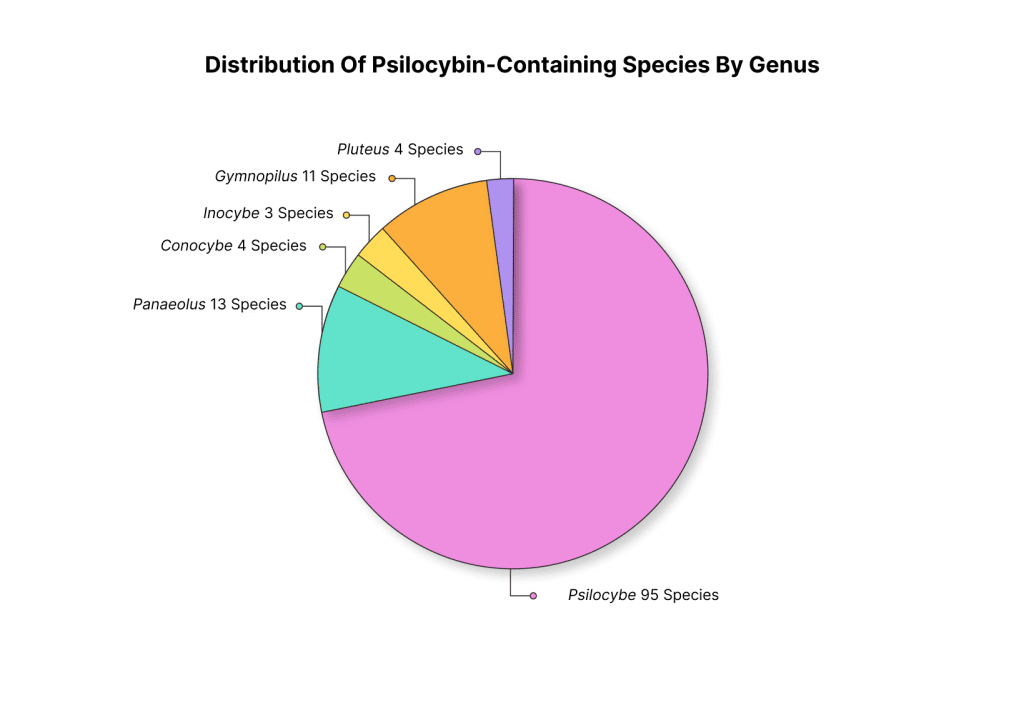
Other species of mushrooms contain separate psychedelic compounds, such as ibotenic acid and muscimol in the Amanita muscaria mushroom — or ergot alkaloids (lysergamides similar to LSD) in the ergot fungus (Claviceps spp.).
Here are the six most prominent psilocybin-containing genera and some of the most notable species within each genus — starting with the leader of the pack, Psilocybe.
Best Selling Product
-
- Sale!
- PSILOCYBIN MICRO-DOSE
150MG Microdose Purecybin Microdose (30)
-
$130.00$110.00 - Add to cart
-
- Sale!
- PSILOCYBIN MICRO-DOSE
300MG Microdose Purecybin Microdose (30)
-
$150.00$110.00 - Add to cart
-
- Sale!
- SHROOM EDIBLES
4 Magic Mushroom Gummy Worms 1000MG
-
$45.00$40.00 - Add to cart
-
- Sale!
- MICRODOSE STACKS
425MG Psilocybin Micro Dose Stack
- $75.00 – $210.00
- Select options
-
- Sale!
- SHROOM EDIBLES
920 Cherry Gummy – 1000mg
-
$30.00$25.00 - Add to cart
-
- Sale!
- SHROOM EDIBLES
920 Grape Gummy – 1000mg
-
$45.00$40.00 - Add to cart
-
- Sale!
- SHROOM EDIBLES
920 MILK CHOCOLATE CUBE- 3000mg
-
$60.00$50.00 - Add to cart
-
- Sale!
- Uncategorized
920 MINT DARK CHOCOLATE CUBE- 3000mg
-
$60.00$55.00 - Add to cart
-
- Sale!
- SHROOM EDIBLES
African Kobe
-
$230.00$200.00 - Add to cart
-
- Sale!
- SHROOM EDIBLES
Alice – 3000mg Cookies n Cream Chocolate Bar
-
$60.00$50.00 - Add to cart
-
- Sale!
- SHROOM EDIBLES
Alice – 3000mg Cookies n Cream Chocolate Bar
-
$60.00$50.00 - Add to cart
-
- Sale!
- SHROOM EDIBLES
Alice – Blue Raspberry Mushroom Gummy 1000mg
-
$45.00$40.00 - Add to cart
-
- Sale!
- SHROOM EDIBLES
Alice – Green Apple Mushroom Gummy 1000mg
-
$45.00$40.00 - Add to cart
-
- Sale!
- SHROOM EDIBLES
Alice – Green Apple Mushroom Gummy 1000mg
-
$60.00$50.00 - Add to cart
-
- Sale!
- SHROOM EDIBLES
Alice Cherry Mushroom Gummy 1000mg
-
$60.00$50.00 - Add to cart
-
- Sale!
- SHROOM EDIBLES
Alice Grape Mushroom Gummy 2500mg
-
$60.00$50.00 - Add to cart
-
- Sale!
- SHROOM EDIBLES
Alice Mushroom Milk Chocolate – 2500mg
-
$60.00$50.00 - Add to cart
-
- Sale!
- SHROOM EDIBLES
Alice Variety Pack Mushroom Gummy 2500mg
-
$45.00$40.00 - Add to cart
-
- Sale!
- PSILOCYBIN MICRO-DOSE
Alpha Mens Micro Dose
- $40.00 – $130.00
- Select options
-
- Sale!
- PSILOCYBIN MICRO-DOSE
Anxiety Microdose Purecybin Microdose (30)
- $40.00 – $150.00
- Select options
-
- Sale!
- PSILOCYBIN MICRO-DOSE
B+ Microdose 200mg Purecybin Microdose (20)
-
$130.00$110.00 - Add to cart
-
- Sale!
- PSILOCYBIN MICRO-DOSE
Brainbooster Microdose Purecybin Microdose (30)
-
$130.00$110.00 - Add to cart
-
- Sale!
- PSILOCYBIN MICRO-DOSE
Brainbooster Microdose Purecybin Microdose (30)
-
$130.00$110.00 - Add to cart
-
- Sale!
- BULK SHROOMS
Bulk Mushrooms B +
- $190.00 – $850.00
- Select options
-
- Sale!
- BULK SHROOMS
Bulk Mushrooms Blue Meanie
- $190.00 – $850.00
- Select options
-
- Sale!
- BULK SHROOMS
Bulk Mushrooms Brazilian
- $190.00 – $850.00
- Select options
-
- Sale!
- BULK SHROOMS
Bulk Mushrooms Cambodians
- $190.00 – $850.00
- Select options
-
- Sale!
- BULK SHROOMS
Bulk Mushrooms Golden Emperors
- $170.00 – $750.00
- Select options
-
- Sale!
- BULK SHROOMS
Bulk Mushrooms Golden Teacher
- $190.00 – $800.00
- Select options
-
- Sale!
- BULK SHROOMS
Bulk Mushrooms Hawaiian Blue Meanies
- $190.00 – $850.00
- Select options
-
- Sale!
- BULK SHROOMS
Bulk Mushrooms Hawaiian Blue Meanies
- $190.00 – $850.00
- Select options
-
- Sale!
- BULK SHROOMS
Bulk Mushrooms Wavy-Z
- $190.00 – $850.00
- Select options
-
- Sale!
- BULK SHROOMS
Bulk Mushrooms White Avery Albino
- $190.00 – $850.00
- Select options
-
- Sale!
- BULK SHROOMS
Bulk Mushrooms White Rabbit
- $190.00 – $850.00
- Select options
-
- Sale!
- PSILOCYBIN MICRO-DOSE
Cacao Micro Dose
- $40.00 – $130.00
- Select options
-
- Sale!
- PSILOCYBIN MICRO-DOSE
CBD Limitless Microdose Purecybin Microdose (30)
-
$130.00$110.00 - Add to cart
-
- Sale!
- PSILOCYBIN MICRO-DOSE
CBD Micro Dose
- $40.00 – $120.00
- Select options
-
- Sale!
- SHROOM EDIBLES
Cherry Sour Gems Deadhead Chemist – 3000MG
-
$60.00$50.00 - Add to cart
-
- Sale!
- PSILOCYBIN MICRO-DOSE
Chi Energy Micro Dose
- $40.00 – $130.00
- Select options
1. Psilocybe
The Psilocybe genus contains more than 180 different species. Roughly 95 of these species contain psychoactive doses of psilocybin and psilocin, as well as a closely related compound called baeocystin.
This is, by far, the most common genus of psychedelic mushrooms. They’re easy to grow (most of them), many are powerful psychedelics, and they’re found on virtually every continent on Earth.
The Psilocybe genus is difficult to differentiate between other genera’ such as Hypholoma or Stropharia. Most of the members in these genus’ are described as “little brown mushrooms” or LBMs — which makes identification very difficult.
A key differentiator with psilocybe species is the “blueing reaction” that forms when the mushrooms are touched. After a few minutes, the outside of the mushroom will bruise in a blue color, which is caused by the psilocybin inside the mushrooms. The stronger the psilocybin content, the more dramatic the blueing reaction.
Psilocybe argentipes
This species has only been reported in Japan. It grows alongside trail edges and in wooded areas that contain oak, loblolly pines, or sugi pines.
The specific concentration of psilocybin and psilocin in the Psilocybe argentipes mushroom remains a mystery, but people who have taken this mushroom report the potency as comparable to Psilocybe cyanescens or Psilocybe cubensis.
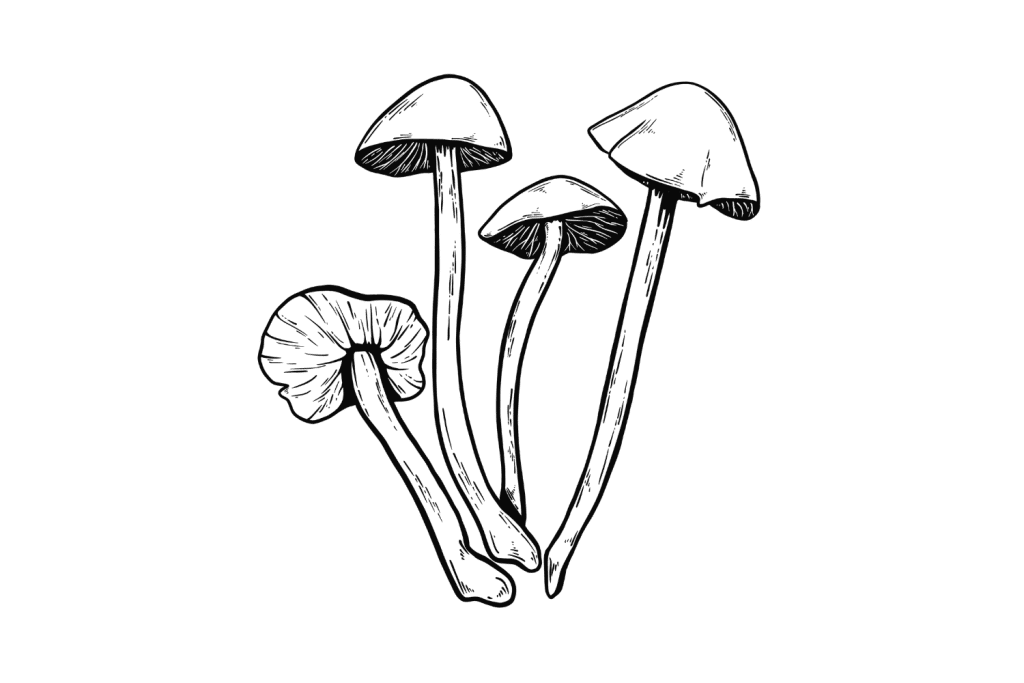
Psilocybe argentipes Specs:
| Potency | Mildly Active |
| Avg. Psilocybin Content | Unknown |
| Avg. Psilocin Content | Unknown |
| Avg. Baeocystin Content | Unknown |
| Distribution | Japan |
| Cultivation Difficulty | Difficult |
Psilocybe aucklandii
As the name implies, this species is found almost exclusively in New Zealand, specifically around the city of Auckland.
Psilocybe aucklandii prefers soils rich in decaying wood debris and leaf litter. It’s more common in areas with Leptospermum (tea trees) and Dacrydium pine trees.
The specific psilocybin and psilocin content remains unknown, but people taking these mushrooms report them as moderately potent — comparable to Psilocybe cubensis.
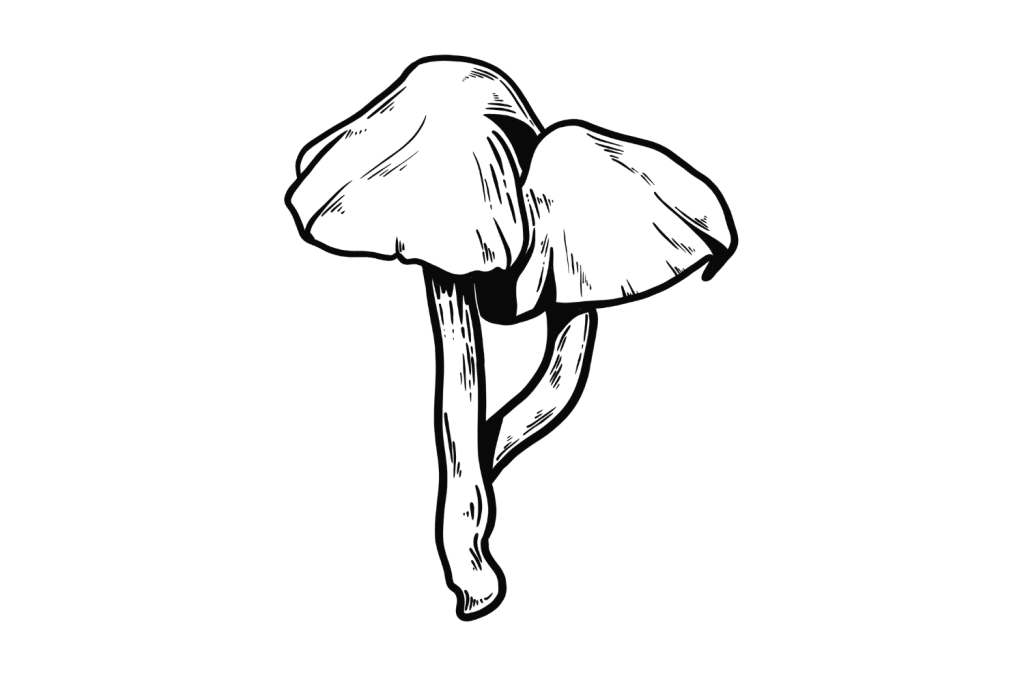
Psilocybe aucklandii Specs:
| Potency | Mildly to Moderately Active |
| Avg. Psilocybin Content | Unknown |
| Avg. Psilocin Content | Unknown |
| Avg. Baeocystin Content | Unknown |
| Distribution | New Zealand |
| Cultivation Difficulty | Difficult |
Psilocybe australiana
This species is most common in Australia — especially in gardens in coastal regions of the continent.
Psilocybe australiana prefers the wood from Pinus radiata trees, which is often used as a mulch for gardens and alongside park trails. You can sometimes find these mushrooms poking up through the mulch after a few days of rain.
The psilocybin and psilocin content is unknown, but the psychoactive effects of these mushrooms are considered weak to moderately potent.
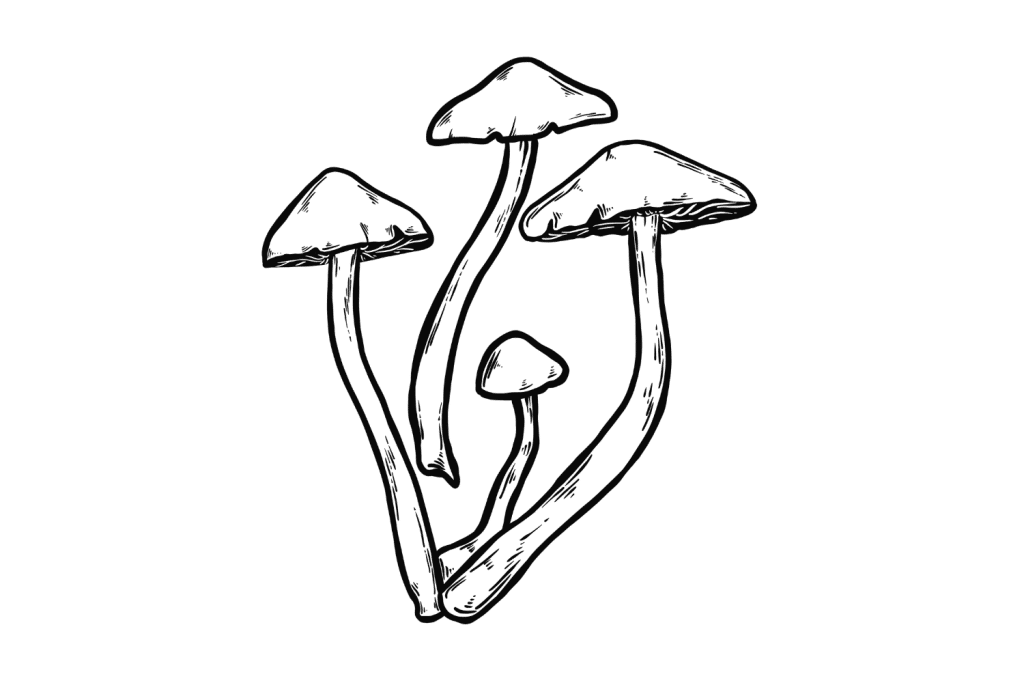
Psilocybe australiana Specs:
| Potency | Weak to moderately Active |
| Avg. Psilocybin Content | Unknown |
| Avg. Psilocin Content | Unknown |
| Avg. Baeocystin Content | Unknown |
| Distribution | Coastal Australia |
| Cultivation Difficulty | Difficult |
Psilocybe aztecorum
The Nahuatl people of Mexico and Central America used this magic mushroom species for ceremonial purposes. They referred to these shrooms as apipltzin — which loosely translates to “little children.”
You can find these mushrooms throughout the high mountains of Mexico, with some samples being reported as high as 4000m in elevation — the highest ever reported for Psilocybe mushrooms.
These shrooms prefer pine forests where they’re sometimes seen protruding out of fallen pine cones.
The psilocybin and psilocin content is still unknown for this species. Albert Hofmann reported the actives at concentrations of just 0.02% — but the samples he was using were nearly 2-years old. Most likely, the psilocybin content is much higher as these mushrooms are considered moderately to highly active.
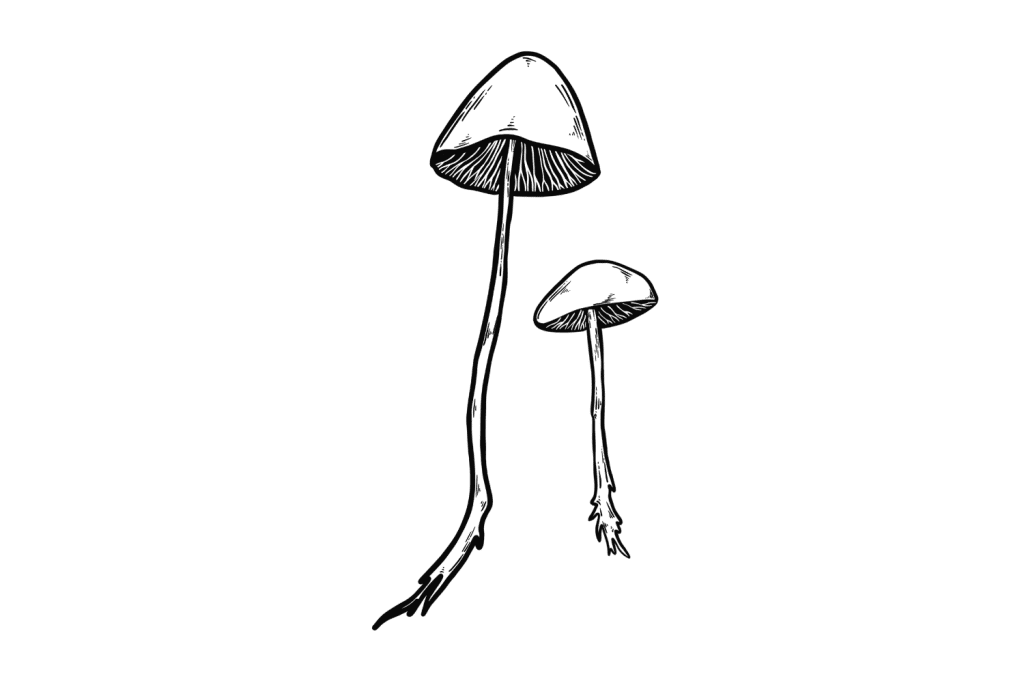
Psilocybe aztecorum Specs:
| Potency | Moderately Active |
| Avg. Psilocybin Content | Unknown |
| Avg. Psilocin Content | Unknown |
| Avg. Baeocystin Content | Unknown |
| Distribution | Mexico |
| Cultivation Difficulty | Difficult |
Psilocybe azurescens
The common names for these mushrooms are “flying saucer mushrooms,” “blue runners,” or “azzies.”
Psilocybe azurescens is hands down the strongest species of Psilocybe mushrooms currently known. They’re nearly three times as potent as psilocybe cubensis — producing powerful psychoactive effects at doses as low as 1 gram of dried shrooms.
This species can be found on the West Coast of North America. They’re common in California, Oregon, and Washington, and some people have even found them growing as far north as British Columbia.
P. azurescens can withstand colder winters than most Psilocybe species but struggle in regions that dip below freezing for more than a couple of days at a time.
Despite how strong these mushrooms are, they’re rarely available from mushroom vendors or spore suppliers because of how hard they are to cultivate indoors. Some people have found success growing these mushrooms outdoors, but you’re limited to specific regions with climates these mushrooms can endure.
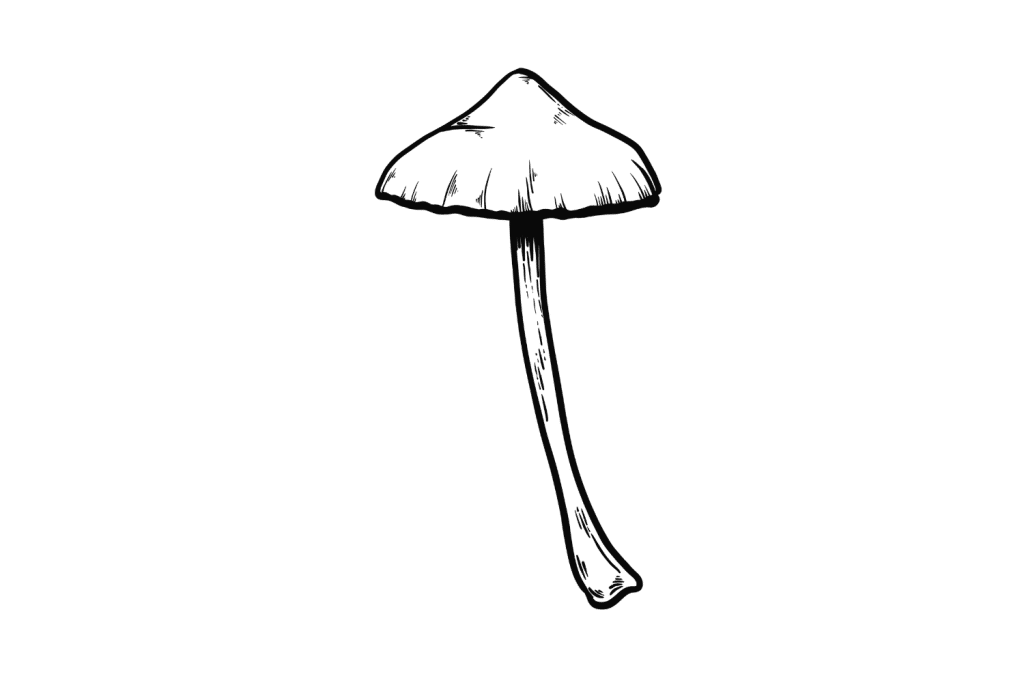
Psilocybe azurescens Specs:
| Potency | Extremely Potent |
| Avg. Psilocybin Content | 1.78% |
| Avg. Psilocin Content | 0.38% |
| Avg. Baeocystin Content | 0.35% |
| Distribution | West coast of North America |
| Cultivation Difficulty | Moderate |
Psilocybe baeocystis
Psilocybe baeocystis can be found in wooded areas, especially in regions with lots of Douglas fir trees.
This is the species in which the alkaloid known as baeocystin was first discovered. However, the story behind its discovery is a bit tragic.
A group of individuals who took wildcrafted mushrooms thought to be Psilocybe baeocystis experienced severe mushroom poisoning. A child in the group even died from the incident, and several others were hospitalized.
Researchers investigated the mushrooms in search of a toxic ingredient that could be held responsible for the poisoning and found baeocystin. This compound is only toxic in very high doses, and several studies have confirmed it’s safe in the dosages listed in magic mushrooms.
Expert mycologists believe the poisoning wasn’t the result of the Psilocybe mushrooms but rather a common look-alike such as a species of Galerina or Amanita.
The common name for this species is “Knobby Tops” because of the dark, wavy, gelatinous caps.
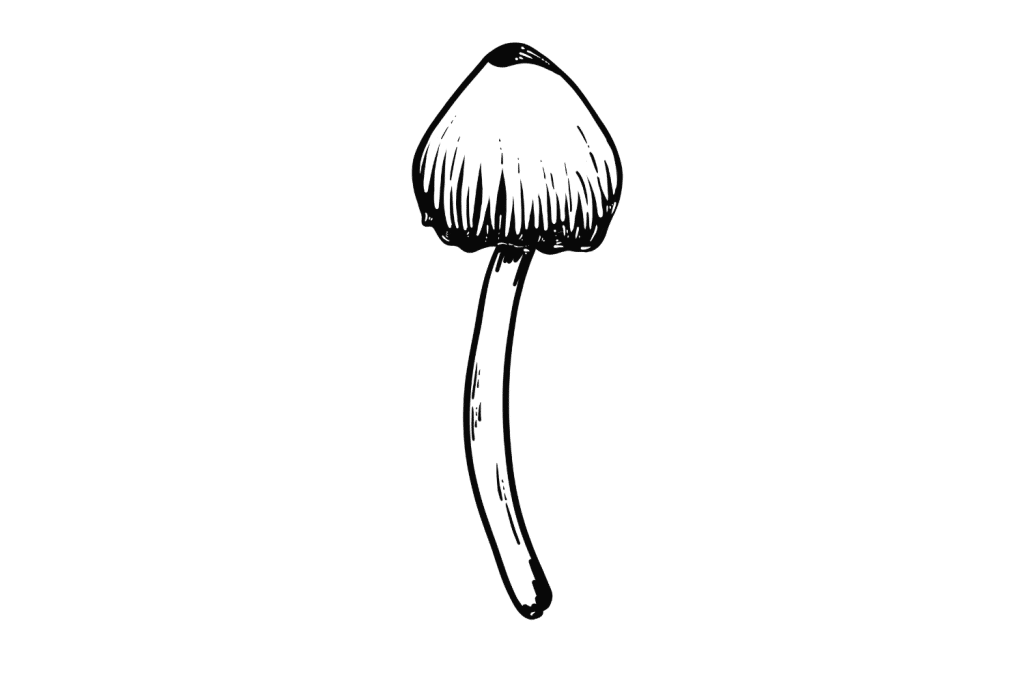
Psilocybe baeocystis Specs:
| Potency | Highly Active |
| Avg. Psilocybin Content | 0.85% |
| Avg. Psilocin Content | 0.59% |
| Avg. Baeocystin Content | 0.10% |
| Distribution | Temperate Forests in North America & Europe |
| Cultivation Difficulty | Moderate |
Psilocybe bohemica
The common name for this species is “The Bohemian Psilocybe.”
This mushroom can be found in deciduous forests that contain lots of birch and hornbeam trees throughout central Europe.
The shrooms have lightly colored caps and white stems and produce a greyish-purple spore print.
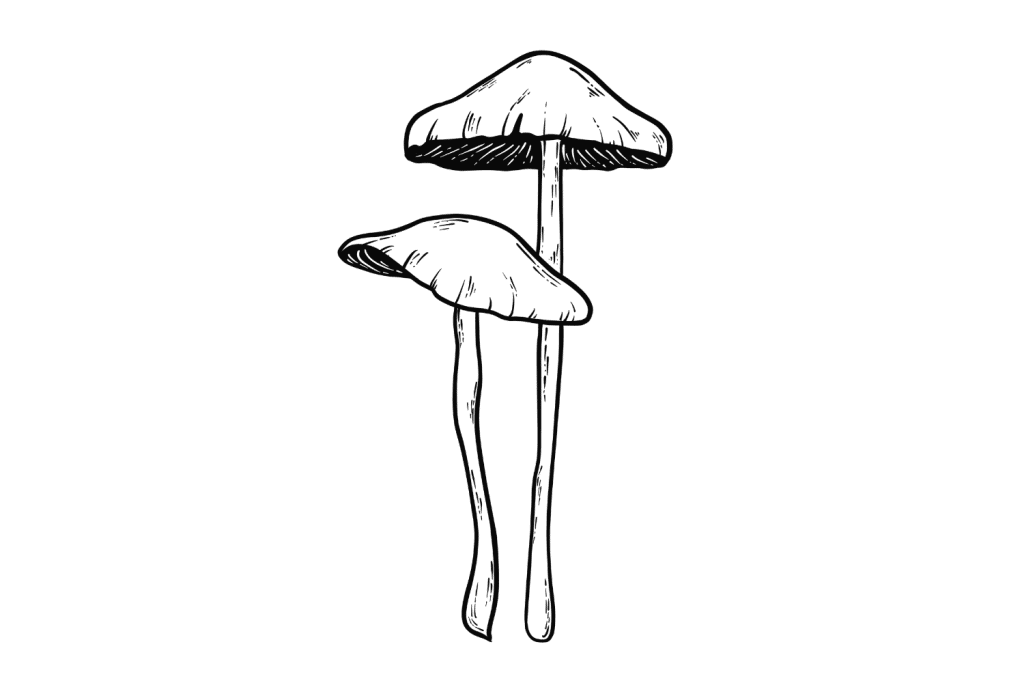
Psilocybe bohemica Specs:
| Potency | Highly Active |
| Avg. Psilocybin Content | 1.34% |
| Avg. Psilocin Content | 0.11% |
| Avg. Baeocystin Content | 0.02% |
| Distribution | Central Europe |
| Cultivation Difficulty | Moderate |
Psilocybe braziliensis
There isn’t much information on this species — and we still don’t know the average psilocybin or psilocin content of these mushrooms.
However, mycologists believe this species has particularly high psychoactivity based on the intensity of the bluing reaction when touched. This reaction only happens in mushrooms that contain psilocybin or psilocin.
Psilocybe braziliensis can be found in tropical environments such as Brazil or other central and South American forests.
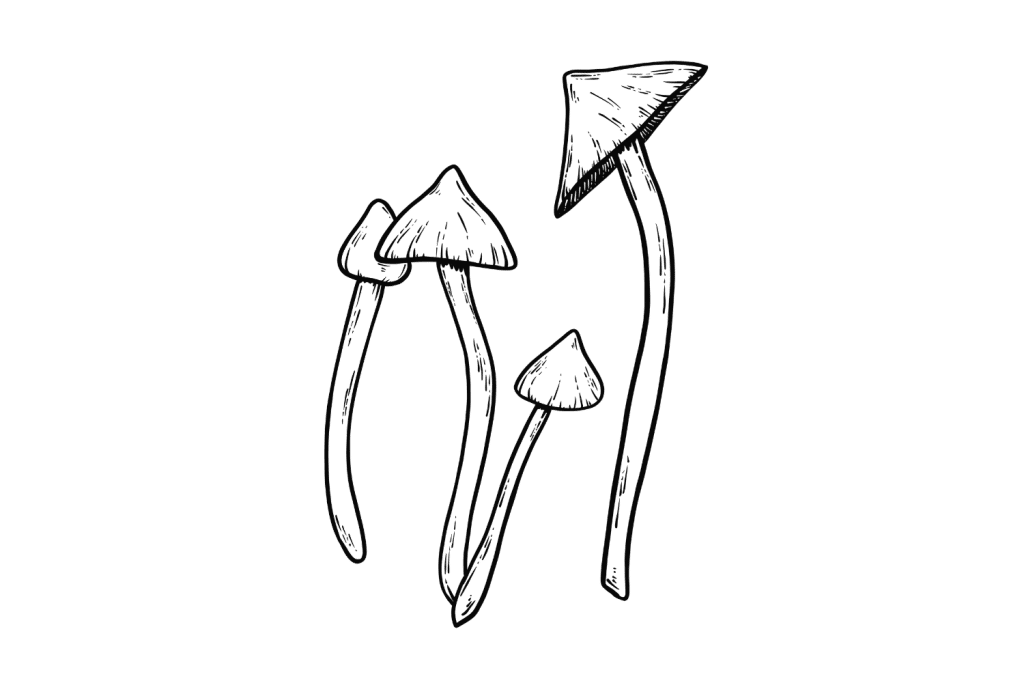
Psilocybe braziliensis Specs:
| Potency | Moderately to Highly Active |
| Avg. Psilocybin Content | Unknown |
| Avg. Psilocin Content | Unknown |
| Avg. Baeocystin Content | Unknown |
| Distribution | Central & Tropical South America |
| Cultivation Difficulty | Moderate |
Psilocybe caerulescens
This species of mushroom has two common names — “Derrumbes” or “Landslide Mushrooms”. The name comes from the fact that these mushrooms tend to pop up after a landslide after much of the existing foliage has been wiped out. It’s likely the mushrooms take the influx of dead and decaying plant material after a landslide to spread its spores in search of more abundant food sources.
This species was first reported from a sample taken in Montgomery, Alabama, in 1923. It wasn’t until R. Gordon Wasson was given a sample of these mushrooms on his infamous trip to Mexico in the 1950s that it really became popular.
Psilocybe caerulescens is a popular species used by shamans in Mexico around the Sierra Madre mountain range, where they grow most abundantly.
The psilocybin and psilocin content of this species is markedly low, but these mushrooms are much more powerful than they’re given credit for.
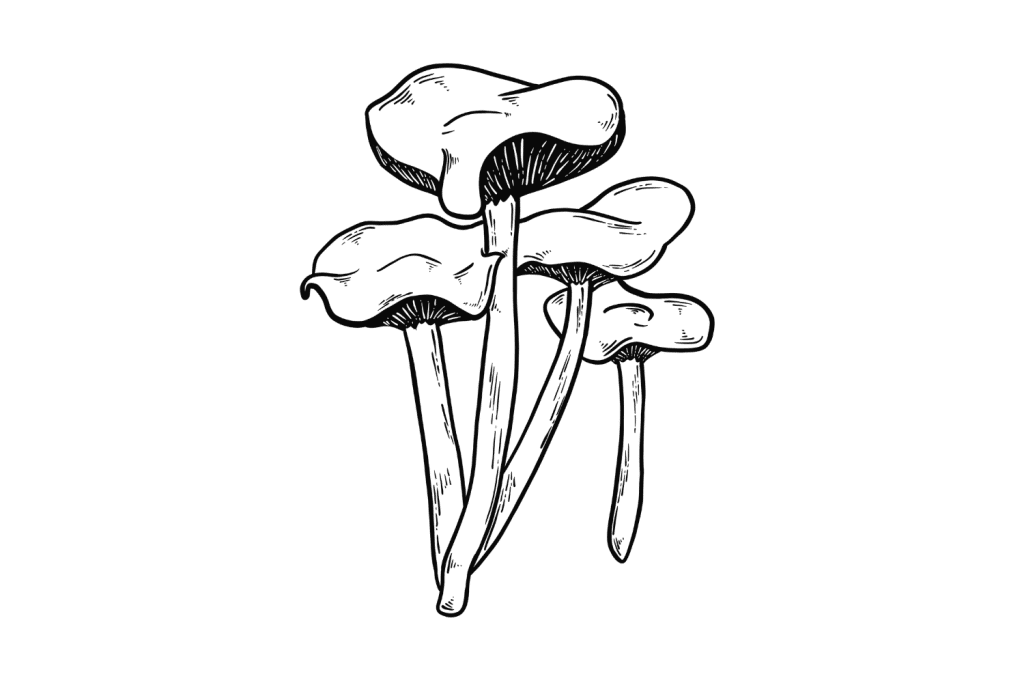
Psilocybe caerulescens Specs:
| Potency | Weakly Active |
| Avg. Psilocybin Content | 0.20% |
| Avg. Psilocin Content | 0% |
| Avg. Baeocystin Content | Unknown |
| Distribution | Sierra Madre Mountain Range in Mexico |
| Cultivation Difficulty | Difficult |
Psilocybe caerulipes
The common name for this mushroom is the “Blue Foot Mushroom” because of the blue base of the stem.
This species is hard to find, but once you’ve found them, keep coming back for more as these shrooms will continue to pop up in the same location year after year.
The most common place to find these mushrooms is around rivers in hardwood forests in the midwest US and Canada. There are reports of this species popping up in parts of Europe as well — but it’s much less common.
The psilocybin and psilocin content of this species remains unknown, but the potency is reported to be comparable to Psilocybe cubensis.
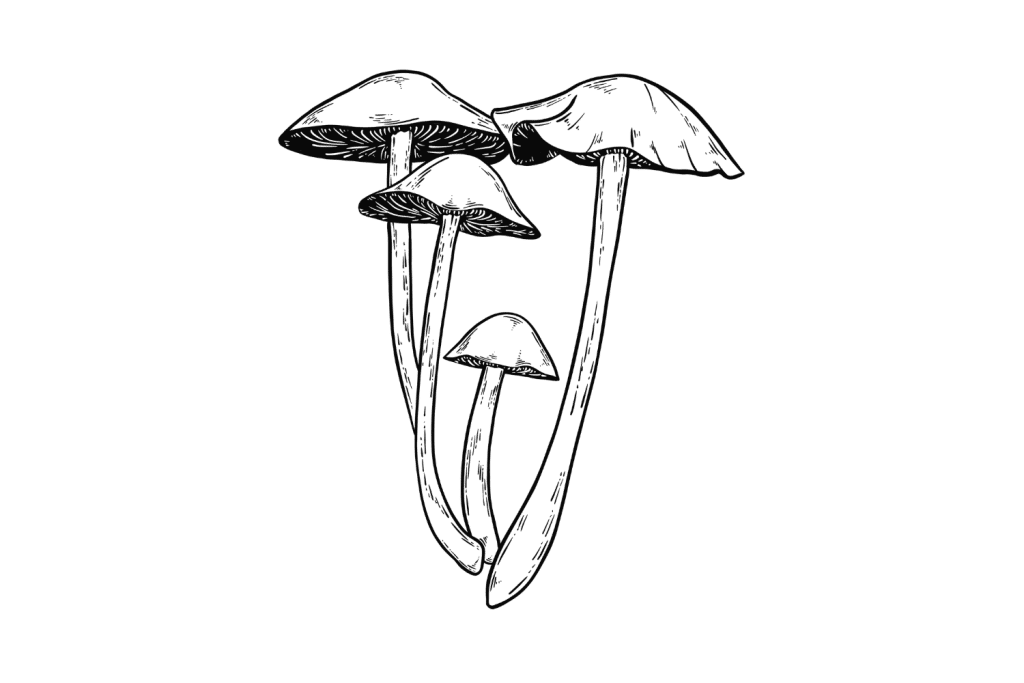
Psilocybe caerulipes Specs:
| Potency | Activity Unknown |
| Avg. Psilocybin Content | Unknown |
| Avg. Psilocin Content | Unknown |
| Avg. Baeocystin Content | Unknown |
| Distribution | Midwestern US & Canada |
| Cultivation Difficulty | Moderate |
Psilocybe cubensis
If you’ve ever tried magic mushrooms, there’s a very high chance the species you used was Psilocybe cubensis.
This species is extremely common — found naturally on all continents short of Antarctica. They’re also the easiest species to cultivate, produce high yields, and are notably potent.
This species was first reported by R. Gordon Wasson. He published a piece in Life magazine in 1957 in which he described his experience taking ceremonial psychoactive mushrooms with a shaman on a trip to Mexico. This marked the first time a Westerner had been allowed to take part in the ceremony.
Wasson’s entry in Life magazine was reportedly a catalyst for other famous psychonauts‘ entry into the world of psychedelics, including Alan Watts, Terence McKenna, and Alexander Shulgin.
After the trip, Wasson sent a sample of these mushrooms (along with Psilocybe mexicana) to Albert Hofmann — the man who discovered LSD. It was Hofmann that discovered and documented the structure of psilocybin, psilocin, and two other minor psychedelic compounds from these samples.
Psilocybe cubensis aren’t the most potent species of magic mushrooms, not by a longshot. In fact, Paul Stamets‘ report in his book Psilocybin Mushrooms of the World lists them at number seven in terms of potency within the Psilocybe genus.
With that said, P. cubensis are strong enough to reliably induce powerful psychedelic experiences with as little as two grams of dried fruiting bodies.
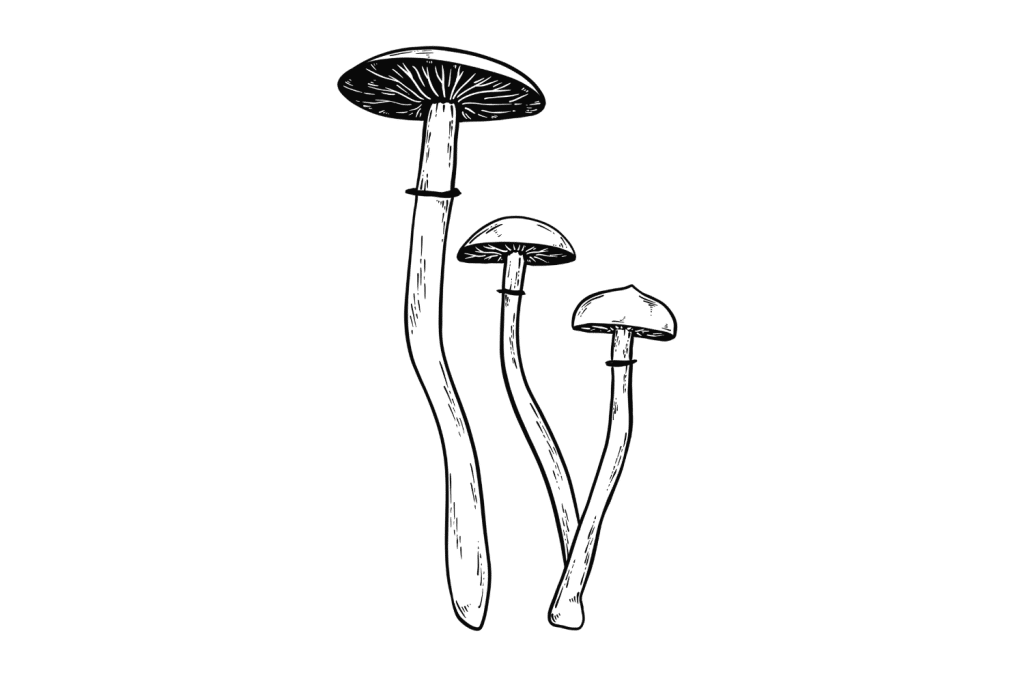
Psilocybe cubensis Specs:
| Potency | Highly Active |
| Avg. Psilocybin Content | 0.63% |
| Avg. Psilocin Content | 0.60% |
| Avg. Baeocystin Content | 0.25% |
| Distribution | Warmer regions of North and South America, Africa, the Mediterranean, Southeast Asia, and Australia |
| Cultivation Difficulty | Easy |
Psilocybe cyanofibrillosa
Psilocybe cyanofibrillosa can be found growing around coastal extending from Northern California up to British Colombia, Canada.
This species like growing in regions with lots of lupines near floodplains and river estuaries.
The psilocybin content isn’t well known, but the concentration of active ingredients is much higher in fresh samples than dried samples. They’re considered moderately potent when fresh and weakly active when dried.
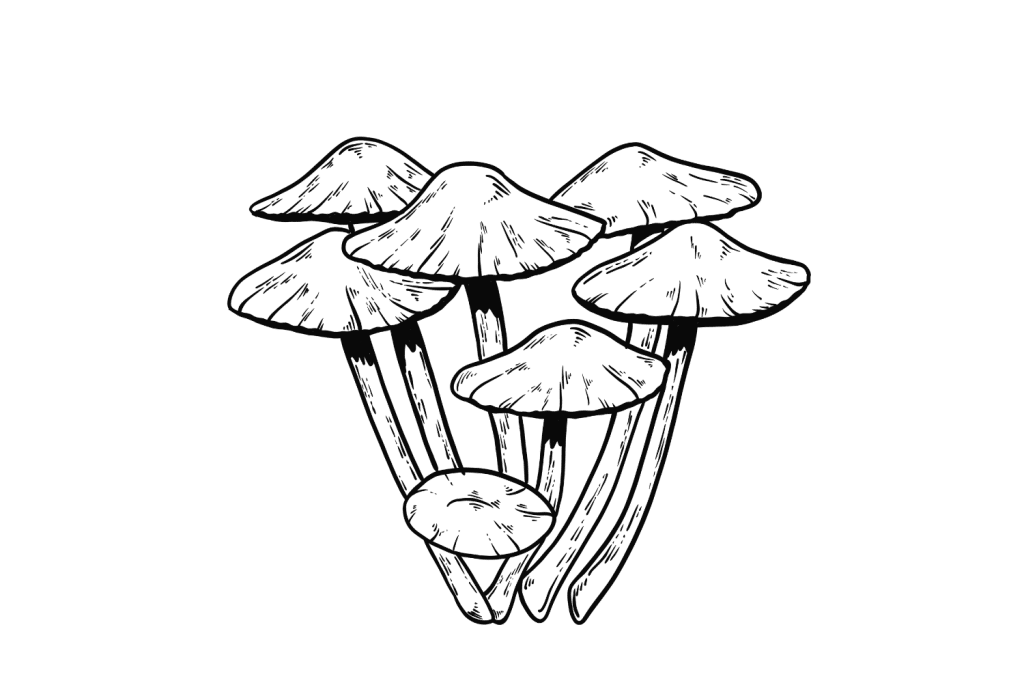
Psilocybe cyanofibrillosa Specs:
| Potency | Moderately Active |
| Avg. Psilocybin Content | 0.21% |
| Avg. Psilocin Content | 0.06% |
| Avg. Baeocystin Content | Unknown |
| Distribution | West Coast of North America |
| Cultivation Difficulty | Intermediate |
Psilocybe cyanescens
The common name for this species is “wavy caps” because of the characteristic wavy appearance of these mushrooms. This is one of the key distinguishing features that make this mushroom much easier to identify than other species of Psilocybe mushrooms.
Elsie Wakefield first identified wavy caps in 1946, but she was reportedly harvesting these mushrooms long before that.
Psilocybe cyanesecens is one of the most widespread members of the genus. Some experts believe they originated in Europe or possibly somewhere in the Pacific Northwest of the United States. However, today these mushrooms can be found on just about every continent on Earth.
You’ll find these mushrooms in areas with lots of decaying wood, including the sides of trails, or in gardens using wood chips as mulch. This wood-loving fungus is thought to have spread so far and wide by traveling on lumber.
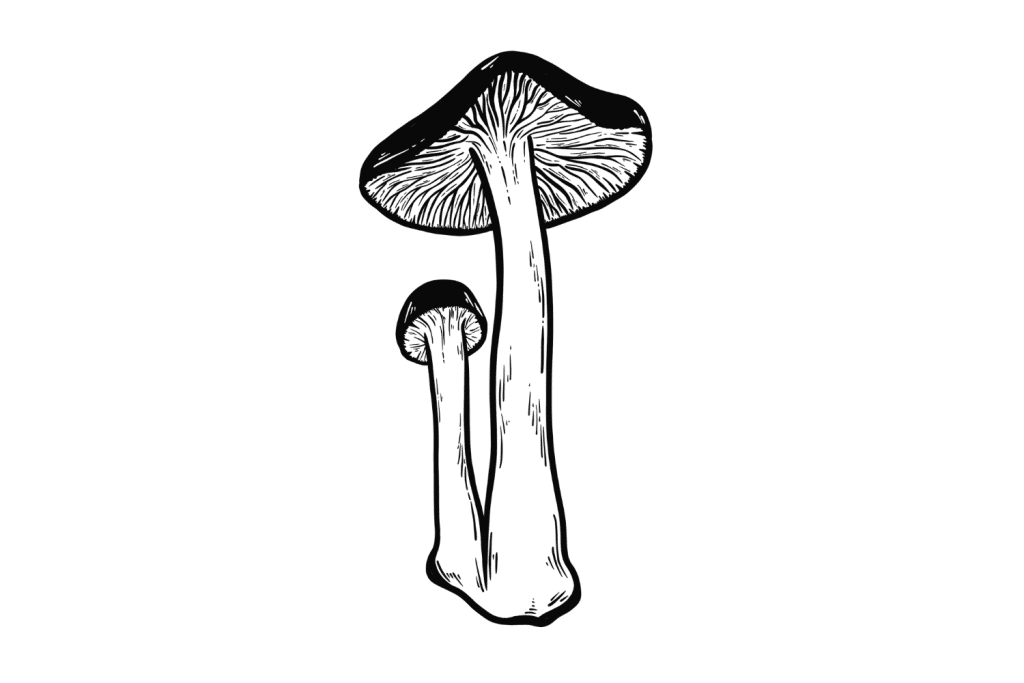
Psilocybe cyanescens Specs:
| Potency | Highly Active |
| Avg. Psilocybin Content | 0.85% |
| Avg. Psilocin Content | 0.36% |
| Avg. Baeocystin Content | 0.03% |
| Distribution | Worldwide in places with lots of decaying wood |
| Cultivation Difficulty | Difficult |
Psilocybe mexicana
This species is commonly referred to as “Pajaritos” (little birds) in Mexico. They’re small but highly potent magic mushrooms.
A unique feature of these mushrooms is their ability to produce both magic mushrooms and magic truffles (sclerotia).
Experts believe this was the predominant species used by the Aztec people, where it was referred to as “Teonanacatl” — meaning “flesh of the gods.”
You can find this mushroom growing in wet regions of Southern US and Mexico at elevations ranging from sea level to 1800 m. They prefer areas with lots of dung or other decaying matter. Unlike other dung-loving mushrooms, Psilocybe

